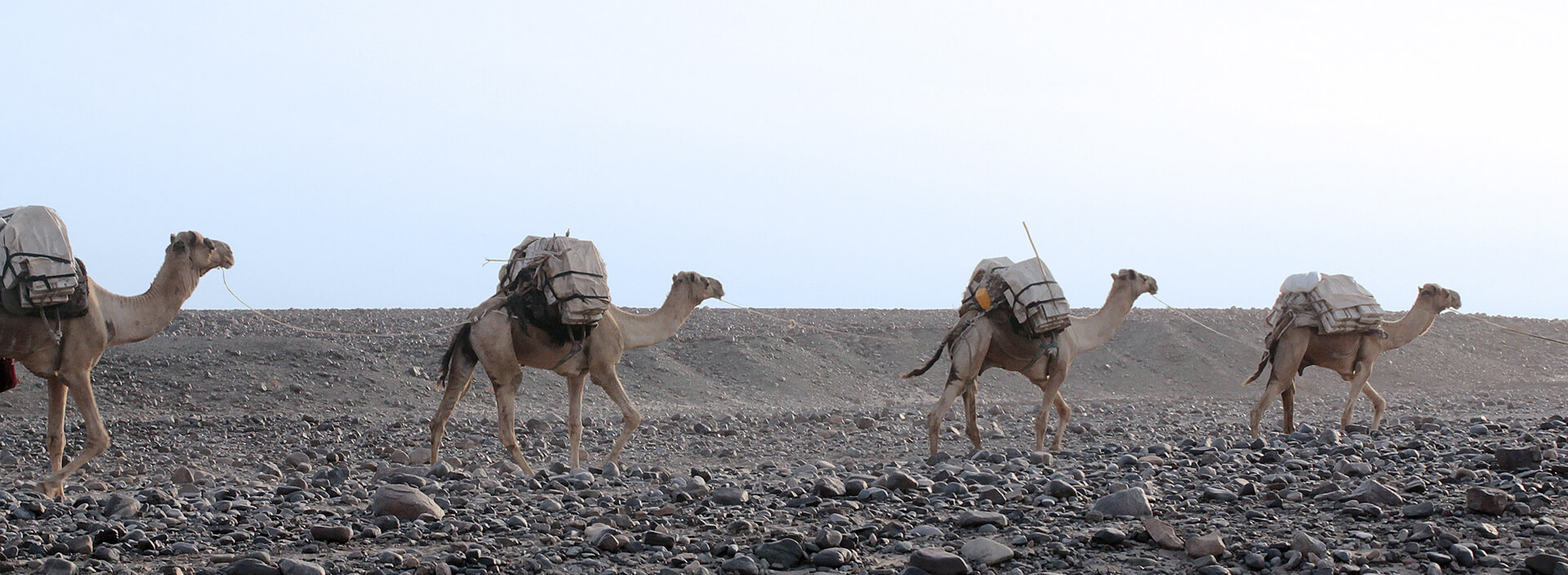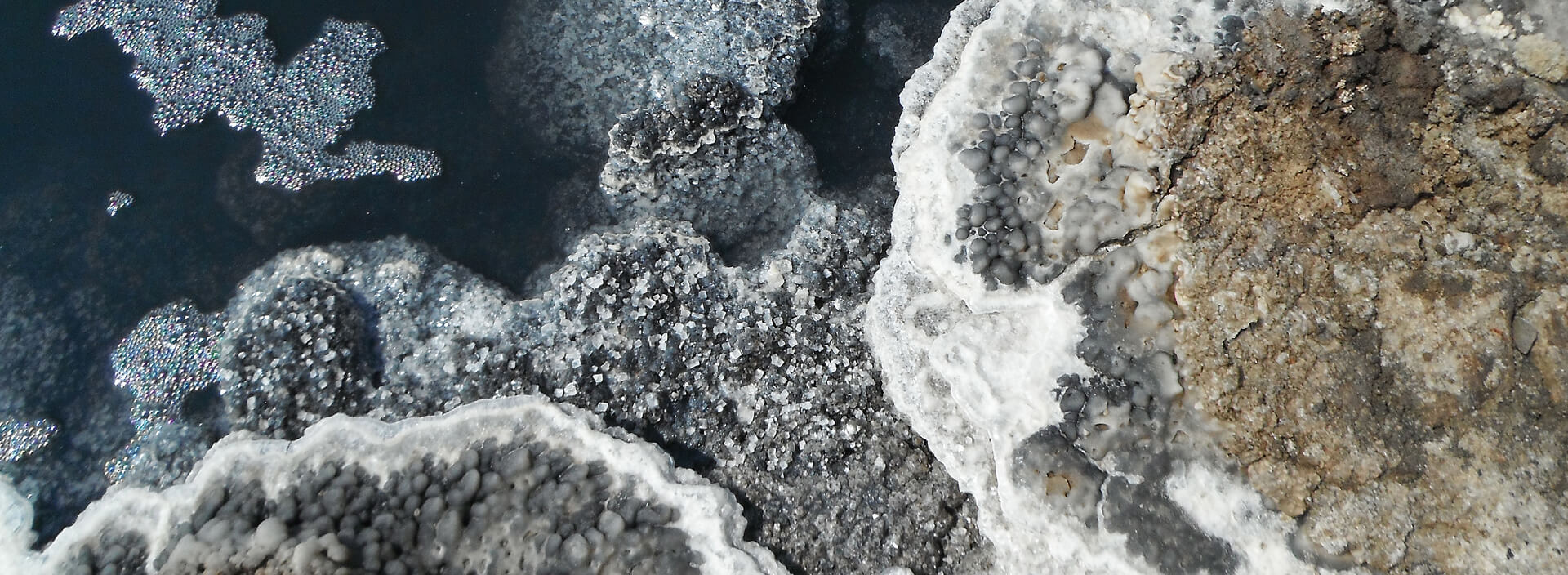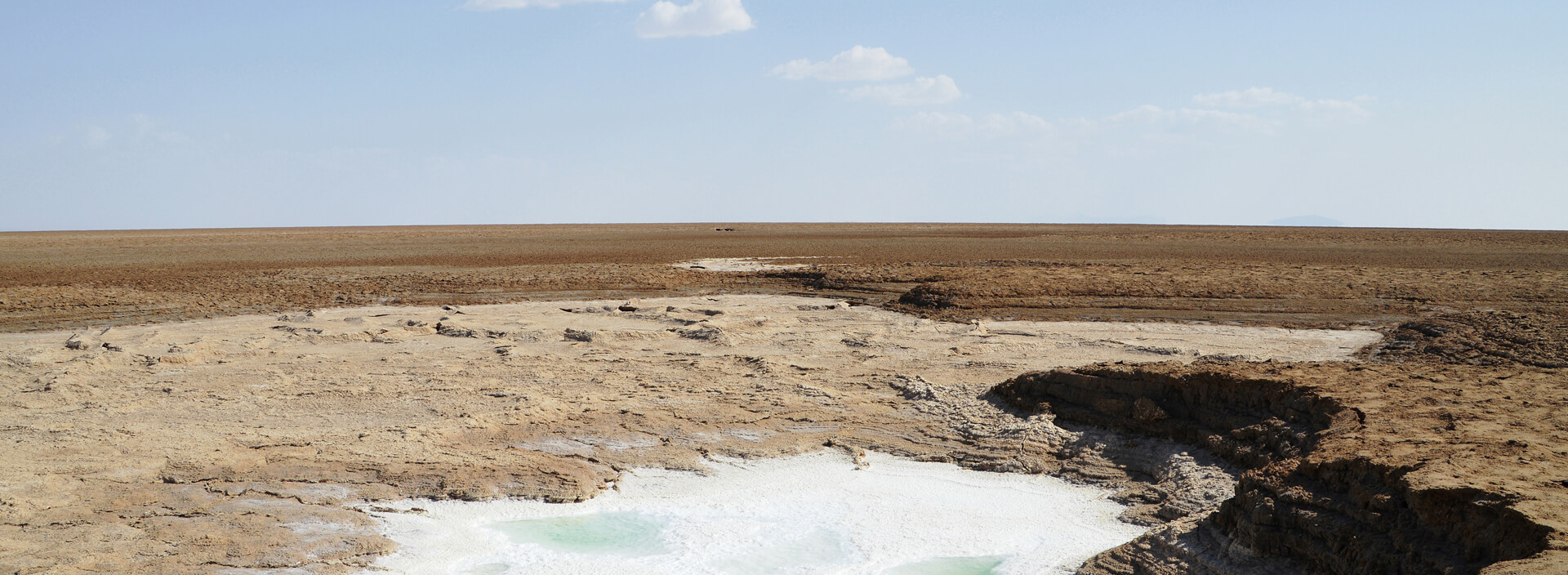Potash refers to potassium-bearing materials and compounds, the most common of which is potassium chloride (KCl). Potassium is the third primary plant and crop nutrient after nitrogen and phosphorus. Potassium has three vital functions for maintaining plant health. It improves plant durability and resistance to drought, disease, weeds, parasites and cold weather. It is an important regulator of a plant’s physiological functions such as enzyme activation, photosynthesis, protein synthesis, transport of sugars and starch formation. Finally, it helps improve the use efficiency of other nutrients. Overall, potash improves a plant’s water retention, yield, nutrient value, colour, taste, texture and resistance to disease. As a result, potash is primarily used as a soil fertiliser (which represents about 90% of current use), but potassium has a diverse range of uses and can be found in ceramics, pharmaceuticals and detergents.
Potash fertiliser most commonly comes in the form of muriate of potash (MOP or KCl), and less commonly in other forms such as sulphate of potash (SOP or potassium sulphate, K2SO4). MOP represents about 90% of the total potash market and is used as a raw material in NK, PK and NPK fertilisers. It can be applied directly or in blends, and is used across the world on a wide variety of crops, but in particular in the commercial cultivation of carbohydrate crops. SOP currently represents a smaller market share, as it is a premium product and trades at a higher price. SOP is used for more sensitive crops, in particular those which are intolerant of the chloride in MOP. SOP also provides sulphur, which is considered to be the fourth vital macro-nutrient required in significant quantities by most crops. SOP is used for growing higher value fruit, bean, tobacco, nut and vegetable crops. These crops are showing a significant increase in demand due to the global desirability of more varied and nutritious diets.
The majority of global potash production comes from conventional underground mining, with the remainder from solution mines, where heated water is injected underground to mix with potash deposits and the resulting brine is brought to the surface for separation. Conventional underground mining typically involves higher upfront capital costs and longer time to production, while solution mining has the benefit of lower upfront capital costs and quicker time to production but higher operating costs. Global potash reserves are largely concentrated in Canada and Russia.



